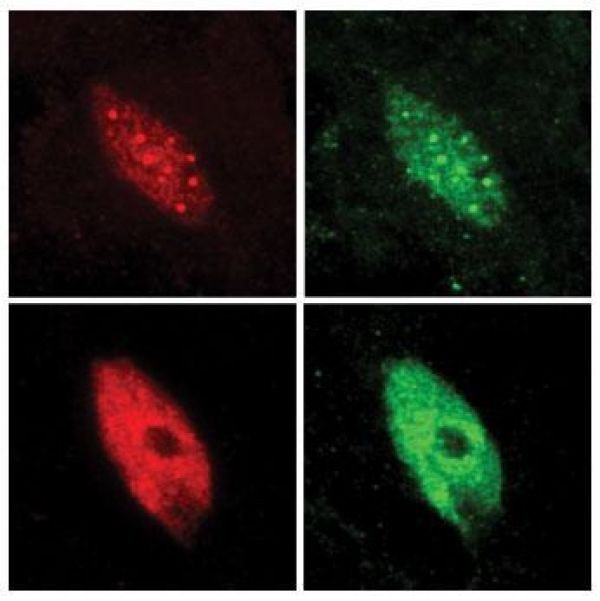Scientists—and gardeners—have long known that plants grow taller and flower sooner when they are shaded by close-growing neighbors. Now, for the first time, researchers at the Salk Institute have shown the detailed inner workings of this process.
The study, published June 17, 2021, in Nature Genetics, offers a new understanding of how gene activity directs plant growth, and how quickly plants respond to their environment—with shifting light conditions triggering molecular changes in as little as five minutes. The findings provide insights into how to increase yield and safeguard world food production as climate change shrinks the planet’s arable land.
“This paper shows, in high resolution, how plants respond to subtle environmental changes on the cellular level,” says co-corresponding author Joanne Chory, director of Salk’s Plant Molecular and Cellular Biology Laboratory, Howard Hughes Medical Institute investigator, and holder of the Howard H. and Maryam R. Newman Chair in Plant Biology. “Work that reveals how plants can adapt to greater environmental stresses will be critical as the effects of climate change intensify.”
Plants in the shade grow faster and taller in an effort to break through the canopy and reach more light. At the same time, shaded growing conditions cause them to flower and produce seeds earlier than normal, in order to out-compete other plants. These responses might be helpful to wildflowers growing in a meadow, but on farms they can reduce production and result in bitter, low-quality crops—as any gardener whose lettuce has bolted knows.
Read more at Salk Institute
Image: Nuclei of plant cells are seen before and after the plant was exposed to shade. In the top images (before), the transcription factor PIF7 (red) is confined in speckles that contain the plant's light sensors (green). In the lower images (after), in the shaded plant, PIF7 is released, which is then free to bind to DNA and initiate gene activity. (Credit: Chan Yul Yoo, Meng Chen lab, UC Riverside)


